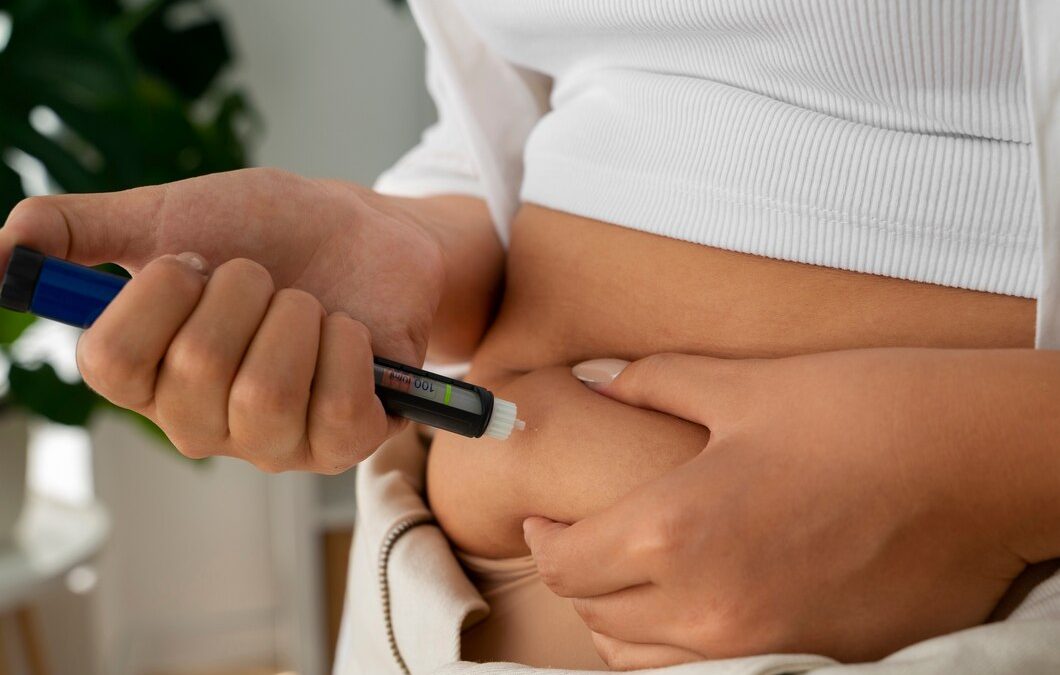Diabetic ulcers are painful sores that many people with diabetes face. These ulcers form because of poor blood circulation and nerve damage caused by high blood sugar levels. The lack of circulation makes it harder for wounds to heal, leading to complications for those affected. Living with diabetic ulcers can significantly impact a person’s quality of life, causing discomfort and restricting daily activities.
Hyperbaric Oxygen Therapy (HBOT) offers a promising solution for managing diabetic ulcers. This treatment involves breathing pure oxygen in a pressurized chamber to boost the body’s natural healing process. By increasing the amount of oxygen in the blood, HBOT stimulates tissue repair and accelerates wound healing. It’s a powerful option that has proven more effective than traditional treatments for many patients.
Utilizing HBOT for diabetic ulcers can dramatically enhance healing, offering hope to those struggling with slow-healing wounds. By providing more oxygen to the injured areas, this therapy plays a vital role in improving health outcomes for individuals dealing with the challenges of diabetes.
Understanding Diabetic Ulcers and Their Challenges
Diabetic ulcers are open sores or wounds that occur in individuals with diabetes, often appearing on the feet. Due to high blood sugar levels, nerve damage and poor circulation are common in people with diabetes, which can lead to these stubborn sores. When circulation is compromised, the body struggles to deliver essential nutrients and oxygen needed for skin repair. Nerve damage, known as neuropathy, reduces sensation, so minor injuries may go unnoticed and lead to ulcers.
Healing diabetic ulcers is tricky due to several challenges. First, the impaired immune response in diabetes patients makes it difficult for the body to fight off infection. Ulcers can become infected easily, complicating treatment and slowing healing. Also, ongoing pressure or friction, often from ill-fitting shoes, can worsen the sores and prevent healing.
Diabetic ulcers greatly impact patients’ lives. They limit mobility, cause pain, and require consistent medical attention, affecting daily activities and independence. There’s also the risk of serious complications, such as infections that reach the bone or even amputation if the ulcers do not heal properly. Emotional distress and reduced quality of life often accompany these physical challenges.
How Hyperbaric Oxygen Therapy Works
Hyperbaric Oxygen Therapy (HBOT) is a specialized treatment that offers promising results for chronic wound healing. In HBOT, patients breathe pure oxygen in a pressurized chamber. This process greatly increases the amount of oxygen in the blood, delivering it to tissues that need it the most.
The heightened oxygen levels enhance tissue repair by promoting the growth of new blood vessels and reducing inflammation. HBOT boosts the body’s natural healing capabilities, making it particularly effective for diabetic ulcers. It helps white blood cells function better, enhancing the body’s defense against infections that are common in these wounds.
Compared to traditional treatments, HBOT provides several benefits for diabetic ulcers:
- Accelerated Healing: Faster wound closure and recovery.
- Infection Control: Improved immunity to fight off bacteria.
- Pain Reduction: Decreases swelling and eases discomfort.
- Enhanced Circulation: Supports the development of new vessels, improving blood flow.
By effectively addressing both circulatory and infection issues, HBOT can deliver significant improvements for those struggling with long-term diabetic ulcers. This therapy paves the way for more comprehensive wound care, enhancing overall patient well-being.
HBOT Treatment Plans for Diabetic Ulcers
Hyperbaric Oxygen Therapy is a structured treatment involving several sessions to effectively enhance the healing of diabetic ulcers. Each session typically lasts about one to two hours, where patients breathe pure oxygen in a pressurized chamber. This environment enables oxygen to reach the wound areas more efficiently, promoting tissue repair and reducing swelling.
The frequency of HBOT sessions plays a crucial role in achieving the best outcomes. Generally, patients might undergo therapy daily or multiple times a week, depending on the severity of the ulcer and the doctor’s recommendations. Treatment plans can vary, but many involve between 20 to 40 sessions. This cumulative exposure to high oxygen levels is key to accelerating healing processes.
Several factors influence the success of HBOT. These include the ulcer’s size and depth, the patient’s overall health condition, and adherence to the therapy plan. Monitoring progress closely and adjusting the treatment as needed helps ensure the highest success rates. By following a well-structured HBOT regimen, patients can expect significant improvements in their ulcer healing process.
Complementary Strategies for Effective Ulcer Management
A holistic approach is essential when managing diabetic ulcers. While HBOT significantly aids in healing, combining it with other strategies boosts overall effectiveness. Lifestyle changes can make a big difference in how well the treatment works. Maintaining a healthy diet helps support immune function and provides necessary nutrients for tissue repair. Incorporating foods rich in vitamins and minerals, like leafy greens and lean proteins, supports faster healing.
Exercise is also important, as it improves circulation, which is critical for wound healing. Simple activities like walking can help boost blood flow, ensuring that tissues receive the oxygen and nutrients they need. Managing blood sugar levels is another vital aspect, as uncontrolled diabetes can delay healing. Regular monitoring and medication adherence are crucial components of effective ulcer care.
Additionally, following good foot care practices prevents further complications. Keeping the ulcer clean, monitoring it for any signs of infection, and avoiding stress on affected areas are practical steps patients can take. By integrating these strategies, patients can enhance the benefits of HBOT, leading to faster and more effective ulcer recovery.
Conclusion
Hyperbaric Oxygen Therapy offers a powerful solution for healing diabetic ulcers. By flooding the body with oxygen in a controlled environment, HBOT helps repair tissues and fight infections more efficiently than traditional methods. When combined with lifestyle changes, such as proper nutrition, exercise, and diabetes management, the therapy’s impact is even greater. This comprehensive approach to treatment empowers patients to take control of their health and healing process.
The multifaceted nature of HBOT means it’s not just about attending sessions; it’s about integrating smart practices into daily life. Patients who take these steps seriously often notice quicker recovery times and improved outcomes. With HBOT, the path to healing becomes clearer and more attainable, providing hope and relief for those suffering from persistent ulcers.
Explore the benefits of Hyperbaric Oxygen Therapy at Founding Fathers Hyperbarics. Our personalized treatment plans and comprehensive care strategies are designed to help you overcome the challenges of diabetic ulcers. Contact us today to learn more about how HBOT can be a crucial part of your healing journey.

